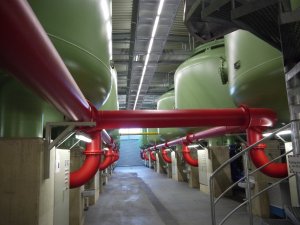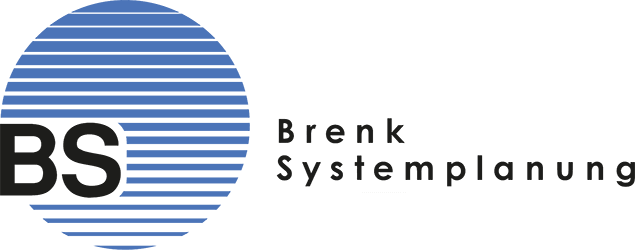Radon is a radioactive noble gas originating from the decay of uranium, which occurs naturally everywhere in the soil. In Germany, radon inhalation is the second most important cause of lung cancer after smoking.
By law, the state, employers and building owners are required to take protective measures against the exposure of people to radon. The Radiation Protection Act sets a reference level of 300 Bq/m3 as a benchmark for the requirement of controls in indoor workplaces.
In some geographical areas, elevated radon concentrations are expected in many buildings – the law designates these as so-called radon prone areas. Special rules apply in these regions for the protection against radon.
The Law also singles out specific fields of work with increased exposure to radon for additional control: for these, there is a requirement for measuring the indoor radon concentration. If the radon concentration exceeds the reference level, there are further control requirements. Depending on the measured value, these range from the obligation to lower the radon concentration and reporting to the Authority, to a dose assessment for the affected employees in combination with the implementation of occupational radiation protection measures.

Filter hall in a water extraction plant
We are happy to support you with
- Short- or long-term measurements of the radon concentration at workplaces. Depending on the situation, we use passive radon detectors or active radon monitors for time-resolved measurements.
- Building surveys for the identification of radon sources as well as development of solutions for reducing the radon concentration.
- Dose assessments and development of radiation-related occupational health and safety measures.


